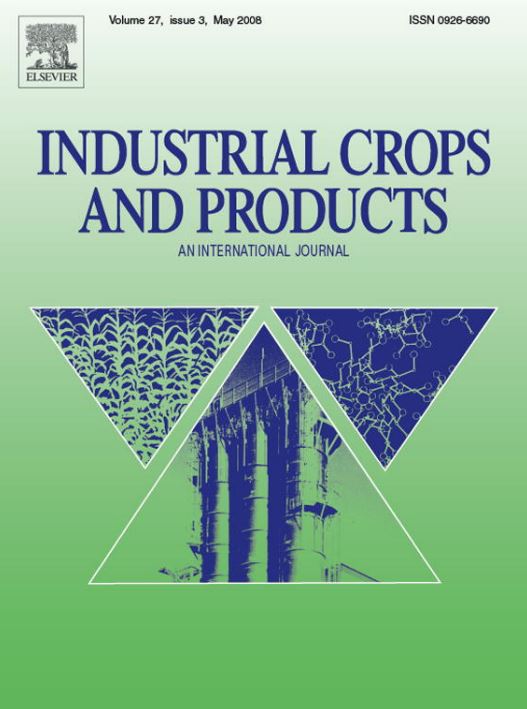Abstract
Conventional cannabis drying is time-consuming and energy intensive. A quick and dependable drying of cannabis is essential to ensure high-quality products to meet increasing demands. This study explored a combined microwave and infrared (MI) drying on cannabis comparing with control environmental (CE) drying. MI was very efficient with a short drying time of 16–200 min, high moisture diffusivity of 7.95×10−09-8.70×10−08 m2/s, and low energy consumption of 390.49–1611.42 kJ. The Page and Modified Page drying models fitted well to describe and predict the MI drying characteristics of cannabis. Microstructural images identified shrinkage in glandular trichomes of cannabis, whereas colorimetric assessment resulted in alteration of color attributes due to MI drying. It also facilitated the conversion of acidic cannabinoids to their neutral forms by decreasing tetrahydrocannabinolic acid (THCA) in g/g of dry matter from 20.15% to 7.57% and increasing tetrahydrocannabinol (THC) from 6.31% to 16.65% that insignificantly (p≥0.05) affected the total THC level. MI drying resulted in a total terpenes concentration (%g/g of dry matters) of 0.541–0.730, insignificantly lower than CE drying (0.768). Overall, the study highlights MI as a rapid and energy-efficient drying for obtaining high quality cannabis, particularly for medicinal applications.



